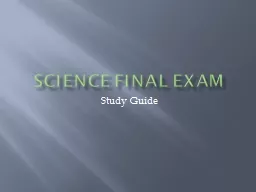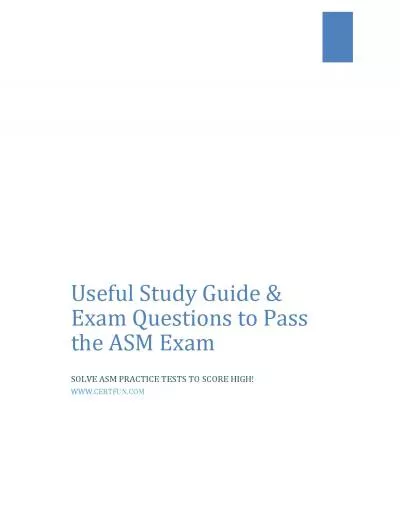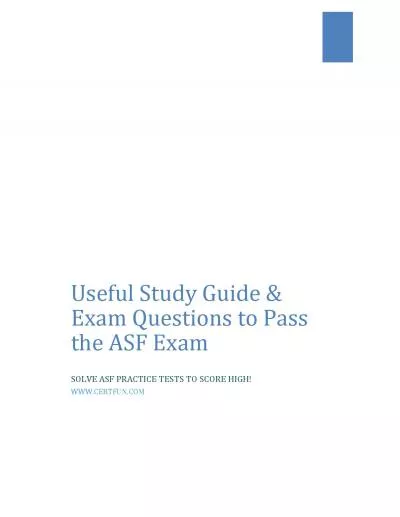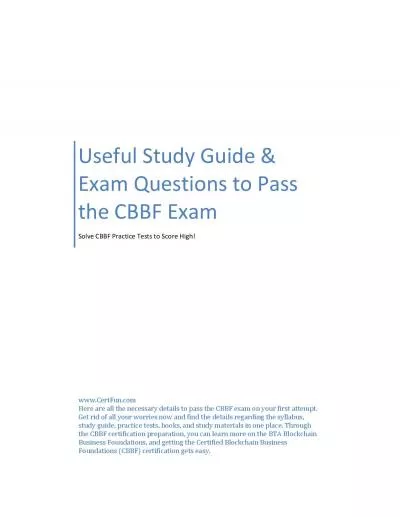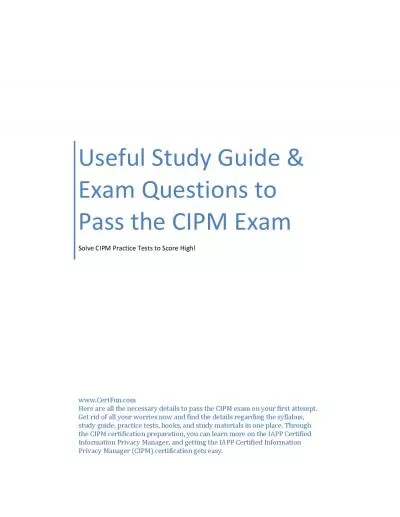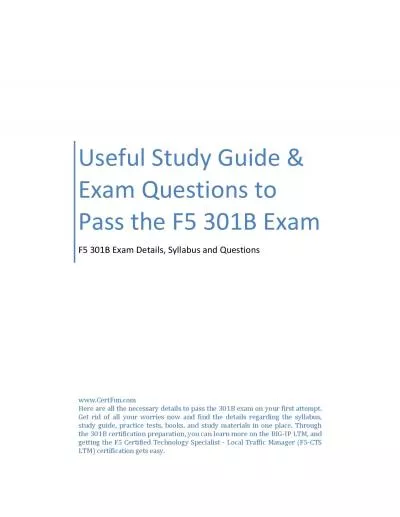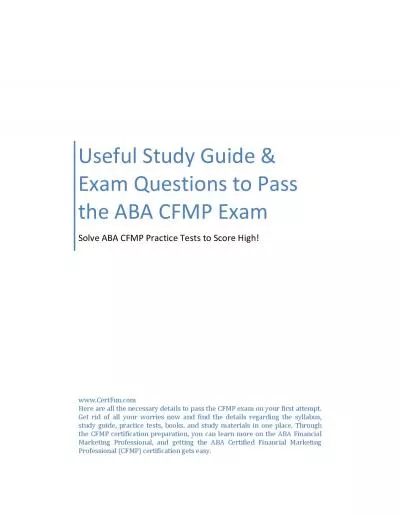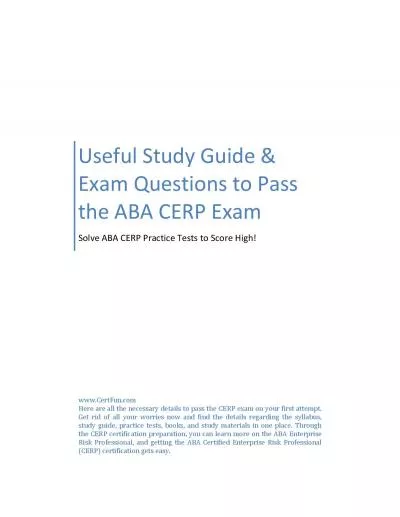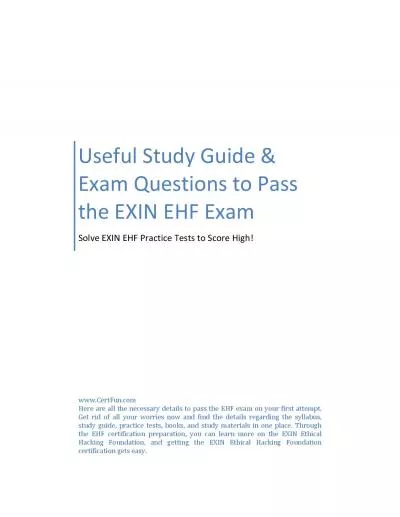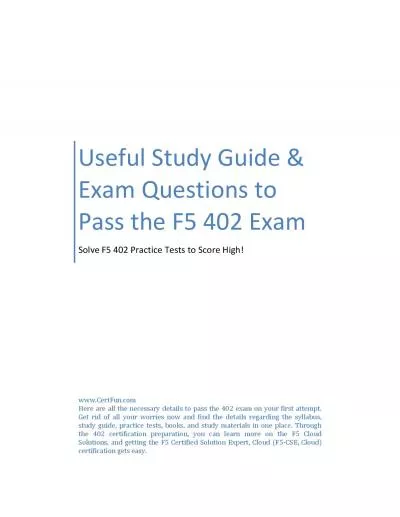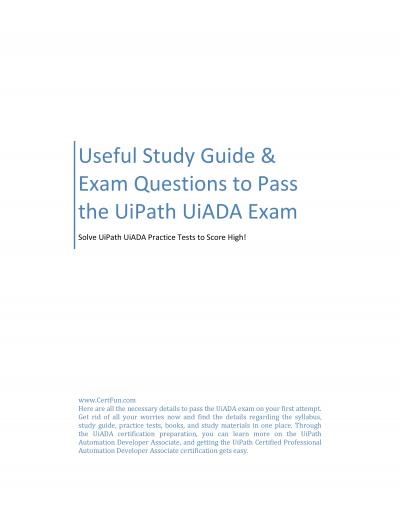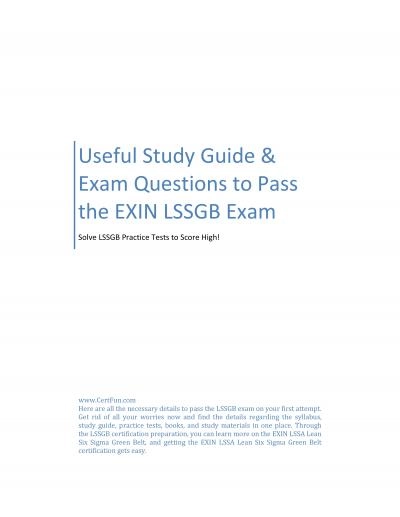PPT-Science final exam Study Guide
Author : trish-goza | Published Date : 2018-12-15
Bacteria are grouped into two kingdoms archaebacteria and Eubacteria A cell that lacks a nucleus is called Prokaryotic break down molecules that your body
Presentation Embed Code
Download Presentation
Download Presentation The PPT/PDF document "Science final exam Study Guide" is the property of its rightful owner. Permission is granted to download and print the materials on this website for personal, non-commercial use only, and to display it on your personal computer provided you do not modify the materials and that you retain all copyright notices contained in the materials. By downloading content from our website, you accept the terms of this agreement.
Science final exam Study Guide: Transcript
Download Rules Of Document
"Science final exam Study Guide"The content belongs to its owner. You may download and print it for personal use, without modification, and keep all copyright notices. By downloading, you agree to these terms.
Related Documents

